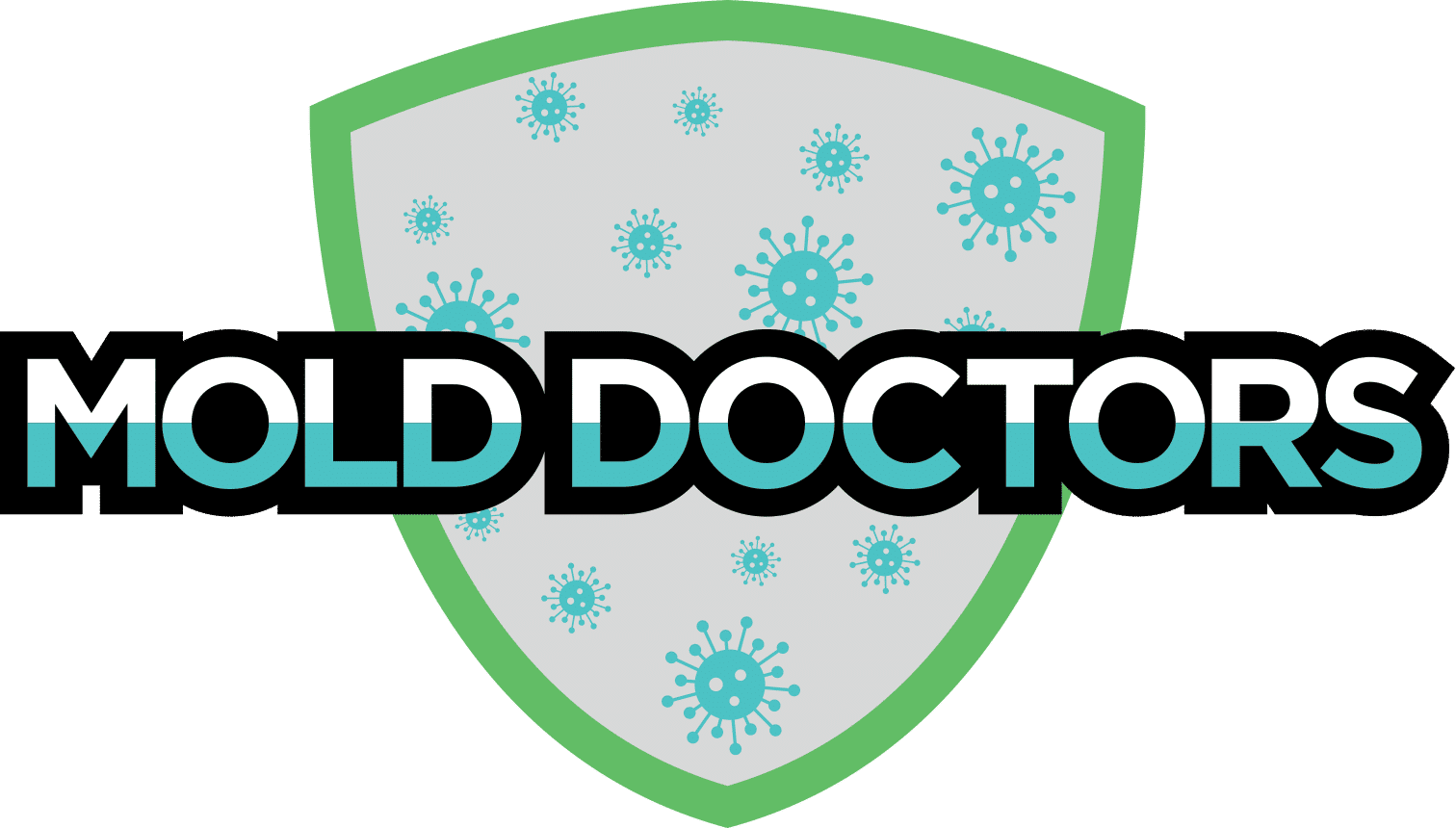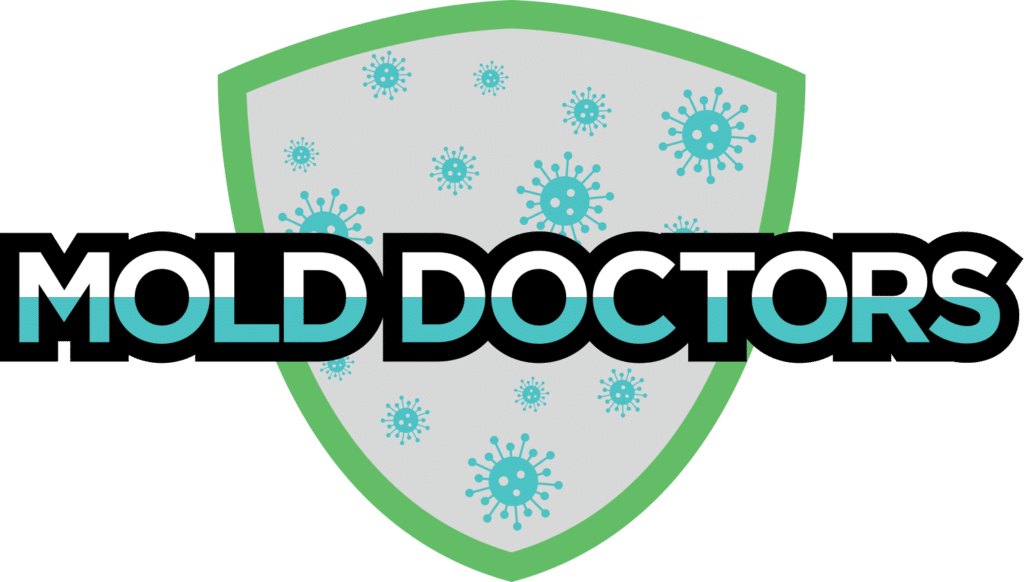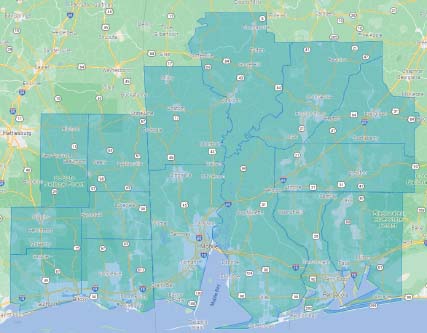Mold Frequently Asked Questions (FAQs)
The following mold related questions are the most commonly asked questions by mold removal, mold testing, and mold inspection customers, according to the Centers for Disease Control and Prevention (CDC).
Molds are a fungi that grow on both organic materials both indoors and outdoors. It is unknown how many species of fungi exist but estimates range anywhere from ten thousand to over three hundred thousand. Mold thrives in warm, damp, and humid conditions. They reproduce by emitting spores which can survive harsh environmental conditions. Even dry conditions that don’t support growth.
- Cladosporium
- Penicillium
- Alternaria
- Aspergillus
- Stachybotrys Chartarum (Black Mold)
For mold to grow it requires two basic ingredients – oxygen and moisture. With these two factors in abundance, especially in the Southern Alabama area, it should be no surprise that mold can grown just about anywhere. In homes and offices, common places for mold to grow are kitchens, bathrooms, HVAC vents, and crawl spaces. It is also possible for mold to grow in other areas of your home or office, especially if any areas have had recent water damage.
Be on the lookout for allergy like symptoms when you’re on the property. They will often go away once you leave
According to the Center for Disease Control and Prevention: Stachybotrys Chartarum (black mold) is a greenish-black mold. It usually grows on materials with a high cellulose low nitrogen content. These include fiberboard, gypsum board, drywall, paper, dust, and lint. Growth occurs under excess moisture levels either from excess humidity or water damage. While black mold is considered toxic, it is important to remember that all molds should be treated the same with immediate removal and remediation.
Some people are more sensitive to mold or mildew, and exposure can cause symptoms such as a stuffy nose, eye irritation, wheezing, coughing, or skin irritations. People with more serious mold allergies may show signs of fever and shortness of breath.
Mold Allergy symptoms are very similar to the symptoms of other allergies such as dry skin, congestion, runny nose, sneezing, and itching. Outdoor mold can cause allergy symptoms in summer and fall (in some climates, the symptoms may be year-round). Indoor mold can cause allergy symptoms year-round.
Mold can be found in almost any environment and can be detected indoors and outdoors, year-round. Mold growth is encouraged by warm and humid conditions but mold spores will remain dormant through the cold winter months. Indoors you can find mold in the following places:
- Wallpaper and Drywall
- Ductwork and ceiling tiles
- Carpet, drapes, and other fabrics
- Attics and crawl spaces
- Books and magazines
Generally, it is not necessary to identify the species of mold growing on your property. Our team at Mold Doctor recommends immediately working with a mold removal and remediation expert to clean and prevent mold growth on your property. If our team suspects that there may be any potential health hazards, we may have a sample of the mold tested to determine the type of mold.
If you feel your property owner, landlord, or builder has not been responsive to concerns you’ve stated regarding mold or mildew exposure. You can call your local board of health or housing authority. Applicable codes, insurance, inspection, legal, and other issues fall under state and local laws. You can also contact our team at Mold Doctor to ask any questions concerning mold growth on your property.
When preventing or remediating mold growth on a property it is important to identify all potential environmental factors that could be causing the mold growth. In most cases property controlling humidity in your home or business requires using a dehumidification system. In other cases water damage, plumbing leaks, or other water intrusions may be causing excessive dampness and mold growth. Addressing these will help to prevent further mold growth.



